Pigments play prominent roles in finfish and shellfish nutrition
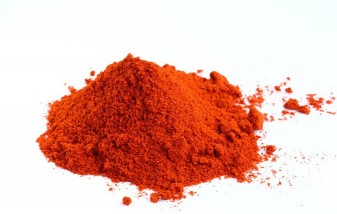
The organic pigments known as carotenoids (also referred to as tetraterpenoids) are hydrophobic molecules commonly located within cell membranes. There are over 600 carotenoids identified in plants, non-photosynthetic bacteria, yeasts and molds, and in some animals such as salmon and lobster, and in egg yolk. They are widespread and important pigments in many organisms, and contribute characteristic quality criteria for the marketing and to meet consumer demands of aquaculture products. The appearance of an animal product, especially the color, plays an important role on its marketing. Color, nutritional value, healthy appearance, freshness and sensory test components are the subconscious elements involved in the selection of a product. In the diets of fish for which pigmentation is important, synthetic and natural carotenoid sources are included to address this. Carotenoids contribute to the yellow, orange and red colors found in the skin, shell or exoskeleton of several important fish and shellfish.
Sources of carotenoids
Many plants are potential carotenoid sources. Plant-based carotenoids are mainly derived from microalgal pigment; for example, the freshwater microalgae, Haematococcus pluvialis, has been commercially exploited for aquaculture primarily due to its rapid growth and high astaxanthin content. The biflagellate algae, Dunaliella salina, is a source of β-carotene and used as a natural food coloring agent in the aquaculture feed industry. Among microorganisms, the yeast Phaffia rhodozyma is probably the most important as it contains astaxanthin as its main carotenoid and constituting approximately 85 percent of its total pigments.
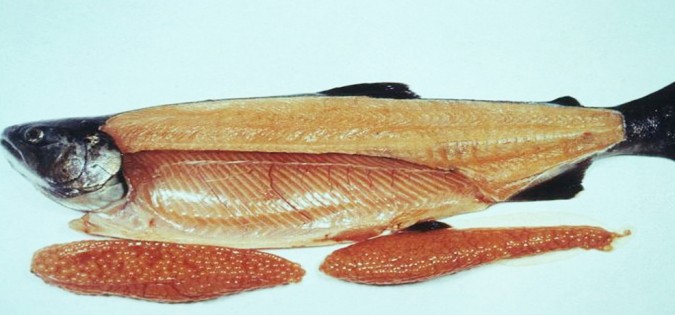
Crustacean processing discards (shrimp, krill and crabs) are also potential carotenoid sources. These discards constitute an attractive ingredient for industrialization, since around 70 percent of the raw weights of the catch are processing discards with high carotenoid content, and its use reduces the environmental issue caused by the large amounts of otherwise unused wastes. Crustacean by-products have been successfully used for the coloration of integument and flesh in feeds of fish with high economic importance. However, certain disadvantages of this carotenoid source – such as its variability in pigment concentration and its high ash and chitin content which reduces its digestibility for fish – can severely limit the rate of inclusion in diet formulations.
Other, land-based feed ingredients such as yellow corn, corn gluten meal and alfalfa are also used as sources of carotenoids in aquaculture feed formulation. Other carotenoid-rich ingredients used are marigold meal and red peppers extract.
Functional roles of carotenoids
Carotenoids are known to participate in different cellular activities. Their major functions include activities as antioxidants and vitamin A, and these functions provide protection to living organisms against various diseases. Carotenoids also play other important functions as pro-vitamin A, antioxidants, immunoregulators and they are mobilized from muscle to ovaries which suggest a function in reproduction. They have a critical role in the photosynthetic process and they carry out a protective function against damage by light and oxygen. Dietary carotenoids are considered to be beneficial in the prevention of diseases including certain cancers and eye disorders. They serve as precursors of vitamin A, and have a role in protecting the immune system and cellular health in the body. The pigments zeaxanthin and lutein are the essential components of the macular pigment in the eye. These two xanthophylls showed the strongest association between dietary intake and reduced risk of macular degeneration.
Classification of carotenoids
Katayama et al. (1973) proposed that aquatic animals can be divided into three groups based on their carotenoid biosynthetic capabilities. Group I is the red carp type, animals that can convert lutein, zeaxanthin or intermediates to astaxanthin, but β-carotene is not the major precursor of astaxanthin. They can store astaxanthin in the diet directly to their body. Goldfish, red carp and fancy red carp belongs to this group. Group II is the prawn type, animals that can convert β-carotene and zeaxanthin to astaxanthin. Crustaceans generally belong to this group. Group III is the sea bream type, animals that cannot convert β-carotene, lutein or zeaxanthin to astaxanthin but can transfer pigments from diet to their body tissue pigment, as free form or esterified. Sea bream and red sea bream are the examples of this group.
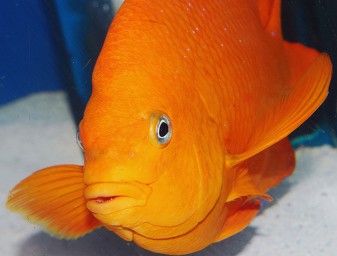
Carotenoids are also classified according to the structure. Structurally, carotenoids are classified into carotene and xanthophyll. Carotenes are oxygen-free hydrocarbons; α carotene, β carotene, Ƴ carotene and lycopene are example of carotenes. Xanthophylls are oxygen-containing hydrocarbons. Astaxanthin, canthaxanthin, cryptoxanthin and zeaxanthin are example of Xanthophylls. There are many pigmenting carotenoids but only few of them, astaxanthin and canthaxanthin, are of significant importance for aquaculture feed.
Carotenoid absorption and bioavailability
Carotenoids are hydrophobic compounds that are not easily solubilized in the aqueous environment of the gastrointestinal tract of fish; therefore, digestion, absorption and transport processes are associated to lipids. The intestinal absorption of carotenoids involves several steps, including disruption of the matrix, dispersion in lipid emulsions and solubilization into mixed bile salt micelles, before being carried to the enterocyte brush border were the absorption takes place. In salmonids, approximately 35% of dietary astaxanthin is absorbed mainly along the proximal intestine. In comparison with other nutrients, absorption of carotenoids is considered slow. Carotenoids are absorbed without prior metabolic conversion, except for xanthophylls esters, hydrolyzed before absorption, by a nonspecific bile salt dependent lipase, since no esters are found in plasma or white muscle of salmonids. Salmonids preferentially absorb more polar carotenoids, particularly astaxanthin rather than canthaxanthin, zeaxanthin or carotenes.
Carotenoids absorption depends not only on the release from the food matrix but also on the subsequent solubilization by bile acids and digestive enzymes culminating in their incorporation into micelles. For this reason, dietary lipids have been considered to be important cofactors for carotenoid bioavailability. The bioavailability of carotenoids is altered with age and physiological status in salmonid fishes. Small fish preferentially deposit carotenoids in the skin, whereas deposition in the muscle increases as the fish grow.
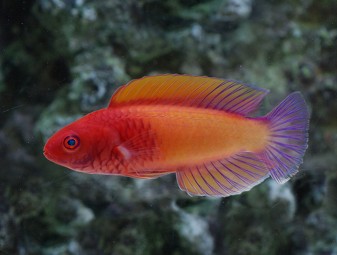
Dietary carotenoids must be included as part of the diets formulation, especially in diets for ornamental fishes. Supplementation of fish feed with carotenoids is expensive, and previously represented up to 15–20 percent of total feed costs. Recently, it has become practice to use considerably less carotenoids in the feed. Only about 5–15 percent of the dietary carotenoids are utilized for muscle pigmentation. The low degree of utilization is partly due to a low absorption rate in the gastrointestinal tract, deposition in other organs and metabolic transformation into colorless compounds that may eventually be excreted.
Metabolism and deposition of carotenoids
Carotenoid metabolism is suggested to take place in the organs where their metabolites are found, such as the liver or in the intestine. The gastrointestinal epithelium and liver are presumably the quantitatively most important organs for catabolic transformation of carotenoids, even though reductive metabolites have been detected in the kidney, spleen, gonads, skin and retina. In salmonids, approximately 50% of dietary astaxanthin absorbed may be metabolized.
Important roles in aquatic animals
Carotenoids are assumed to be essential for reproduction in aquatic animals. As an example, astaxanthin supplementation in cultured salmon and red sea bream increases ovary development, fertilization, hatching and larval growth. Dietary supplementation of carotenoids can improve the flesh color of various fishes, and the skin color and the market value of ornamental fishes. Many animals accumulate carotenoids in their integuments; integumentary carotenoids may contribute to photo-protection, camouflage and signaling, such as breeding color. There is controversy on the role of carotenoids in fish growth, with several studies reporting a positive influence whereas others did not find any effect. In Atlantic salmon fry and juveniles, the inclusion of synthetic astaxanthin and canthaxanthin not only enhanced growth but also survival.
Carotenoids, especially astaxanthin, are strong antioxidants that probably play roles in protecting broodstock nutrient reserves and developing embryos from oxidation. They also reportedly act as pigment reserves in embryos and larvae for the development of chromatophores and eyespots, and as a vitamin A precursor. During sexual maturation, carotenoids accumulate in the hepatopancreas. During vitellogenesis, they are transported in the hemolymph as carotenoglycolipoproteins to accumulate in the eggs as part of the lipovitellin protein. Carotenoids enhance egg quality, perhaps by protecting against the damaging effects of UV radiation or other environmental pro-oxidants.
Author note: References available from author.
Author
-

Amit Ranjan
Ph.D. Scholar
Department of Fish Nutrition & Feed Technology
Central Institute of Fisheries Education
Panch Marg, Off Yari Road, Versova, Andheri (w)
Mumbai, 400061 - India[109,111,99,46,108,105,97,109,103,64,105,114,99,102,110,97,106,110,97,114,116,105,109,97]
Tagged With
Related Posts
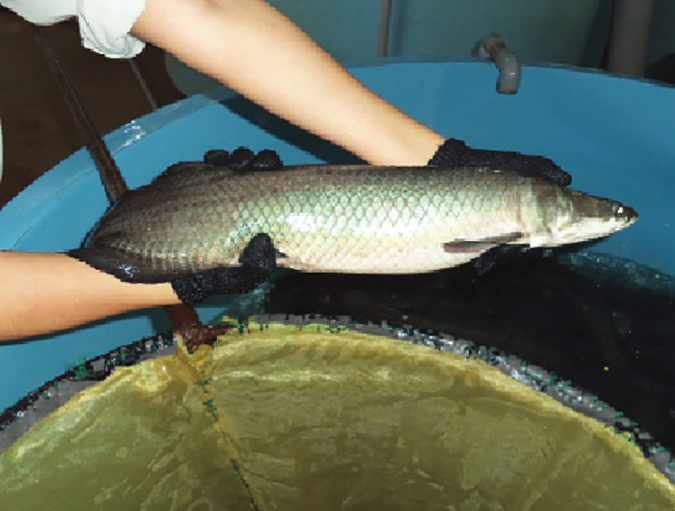
Aquafeeds
Soy-based feeds evaluated for production of Amazonian paiche
A cooperative feeding demonstration conducted by USSEC and Amazon Fish Products S.A. evaluated the use of soy to partially replace fishmeal in diets for paiche, or pirarucu, the largest freshwater fish species.
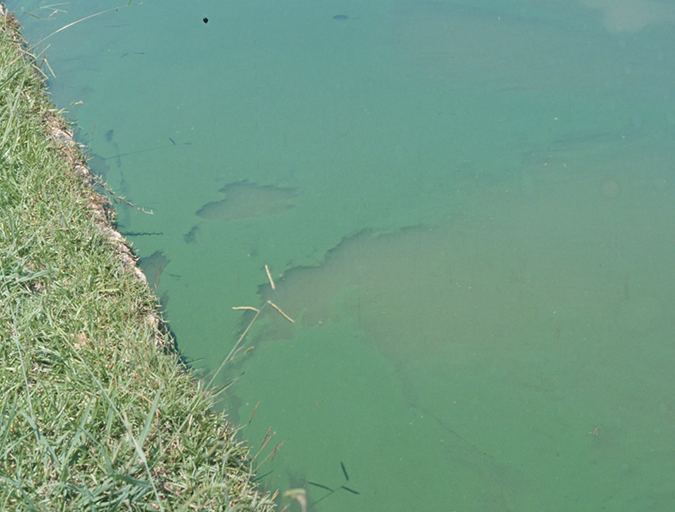
Health & Welfare
Phytoplankton a crucial component of aquaculture pond ecosystems
Phytoplanktonic organisms, or microalgae, are very abundant in aquaculture ponds and have critical roles in these ecosystems, significantly influencing overall pond ecology and water quality. Proper management of phytoplankton populations is essential for successful aquaculture pond production.
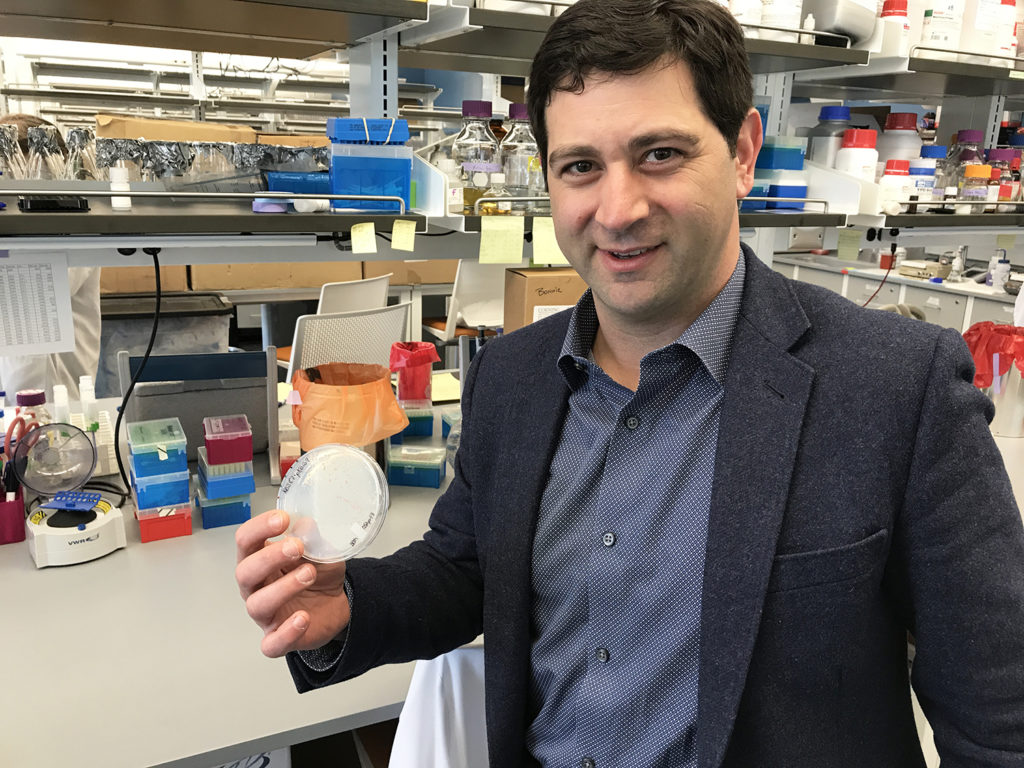
Aquafeeds
The pink powder that could revolutionize aquaculture
KnipBio, a Massachusetts-based biotechnology startup founded in 2013, is refining the manufacturing process for a promising aquaculture feed ingredient that may one day form the foundation of the food that farmed fish eat.

Aquafeeds
A new nutrient for aquaculture, from microbes that consume carbon waste
Biotechnology firm NovoNutrients aims to produce a line of nutraceutical aquafeed additives as well as a bulk feed ingredient that can supplement fishmeal. Its process includes feeding carbon dioxide from industrial gas to a “microbial consortium” starring hydrogen-oxidizing bacteria.

